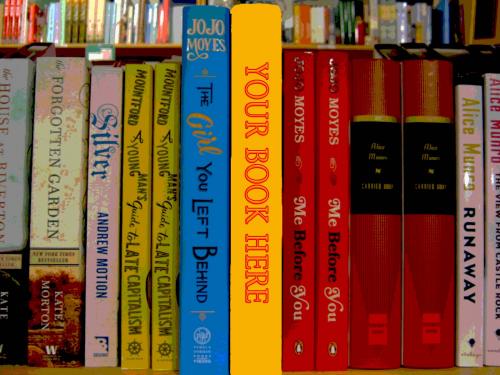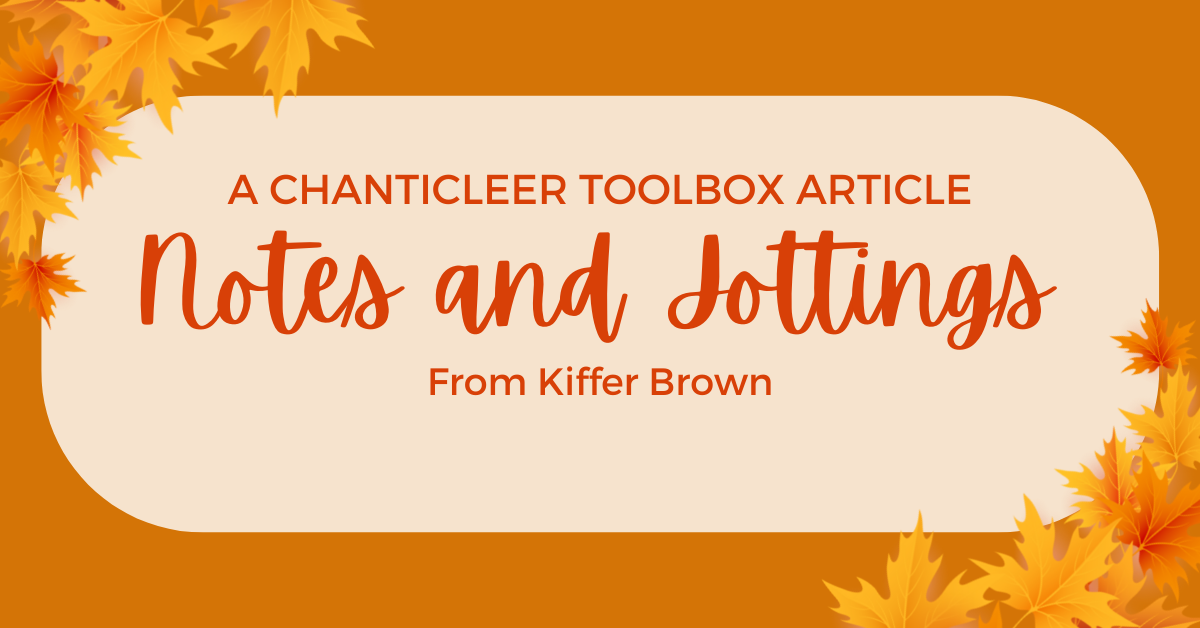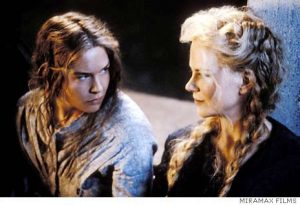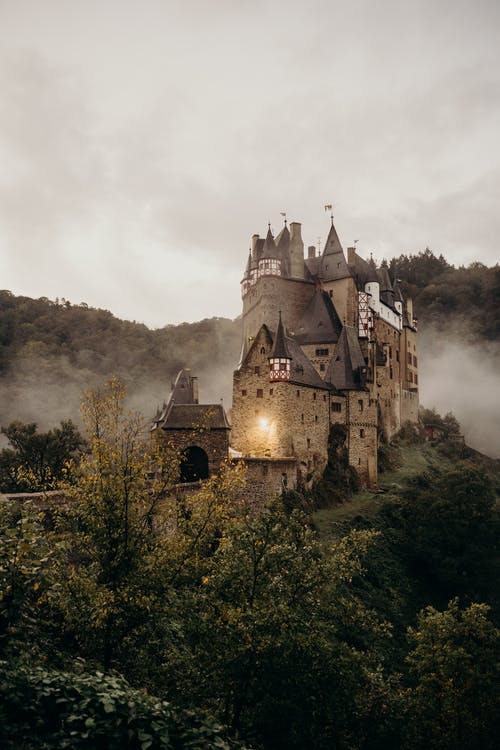|
Listen to or download this article:
|

Where to even begin?
When we sit down to write a story the project can seem overwhelming. The steady on and off of the cursor can be terrifying.

Maybe the blank space will go away if we don’t blink!
But it’s alright. Consider the following steps to help make your writing as easy as a stroll through the barnyard.
Priming the Pump for Your Next Work in Progress?
1. Write down the broad strokes of your story.
Consider how you want your story to be structured.
Will it read with a traditional
- Introduction
- Inciting Incident
- Rising Action, Climax
- Falling Action
- Resolution
Or will it follow something more unique from what’s typical (though the traditional structure obviously still works for many stories). Interested in more of what we’ve said about structure in the past? Check out our interview here with Peter Greene, a 2017 Goethe Award Winner.

Peter Greene, author of the Goethe Grand Prize award-winning “Paladin’s War: The Adventures of Jonathan Moore
From there, write out how you generally see important parts of the story. This might mean you write the story out of order as you highlight any important scenes you want to work out in the beginning, middle, and end of your story. Think of these are your guideposts, leading you through your writing as you like them together, and giving you an excuse to always be excited when you sit down to write because you already have an idea of how the scene will work!
Many authors who do this find that they might end up going a different direction as they try to link up with these guideposts. While it might seem like that just means the writing was good practice, don’t delete the scenes you aren’t using! Save those scenes in a separate file. This can be great inspiration for one off short stories, or they might even fit in better in a future novel project. if by the time you reach that point in your story you realize it doesn’t fit. You can always edit it to fit, or at the very least feel good that you got some good practice in.
2. Brainstorm your characters a bit.
When starting out, many writers find character sheets helpful. The brilliant Jessica Morrell has written about character development and NaNoWriMo here, if you’re interested in reading beyond this. Some suggestions to consider regarding your character:
- What are their basic physical characteristics?
- How do they respond in stressful situations?
- What’s one thing they can’t live without?
- Who are the touchstone people in their life?
- What do they keep in their refrigerator?
All these questions can lead to fun and surprising answers, but one of the most helpful activities can be writing a therapy session your main characters.
If you don’t know what therapy looks like and you’re a writer…well, you might want to consider therapy.

Joking aside, in a “therapy conversation” the characters must justify why they exist and what they plan to do in the book. How will they respond to the problems their facing? What is their response when the therapist asks them what brings them to therapy today? Now, if the character doesn’t actually get the advice they might receive in this scene (remember, it’s an exercise, not really something that needs to happen in your work), what choices will they make? Writing this out can help the author feel much closer to the characters as real people.
Remember, characters can feel much more real if you, the author, love them. Keep that in mind when you write your terrible villain—someone in your world probably loves them deeply. What makes other characters love your villain and what do you love about them?
3. Worldbuilding

Like character and structure, you’ll want a good handle on your worldbuilding. This can be an excellent time to view your own assumption about how the world works and play those through in a story. Or you can commit to a worldview that fascinates you. One great example of this is Robert Jordan’s Wheel of Time series.
Jordan, who also authored the Conan The Barbarian series, was educated as a nuclear physicist. When his characters step into an alternate dimension (think evil Narnia), time flows differently, which means objects in the characters’ peripheral vision appear closer as the characters move. This little detail blew me away in terms of giving the world a creepy feeling of the forces of evil closing in on the beloved hero, whereas it made my brother who was getting his PhD in particle physics jump up and down in excitement as he explained the why of the description.
The answer was that, following the theory of relativity, when you move extremely fast, the world compresses toward you–really!

Furthermore, Jordan uses a Platonic worldview to govern his magic system. Plato believed that every person and object has an essential and transcendental quality, a whatness that was key to their existence. Whether this is true or not, Jordan’s magic users followed this rule strictly as their magic came from any part of their identity that could be deemed essential—and it was true in Jordan’s world, regardless of the implications in our world.

Some of the most amazing worldbuilding happens in Lab Lit, where authors need to have excellent expertise of the subject they’re writing about, while at the same time understand where they’re going to move into their own interpretation of the world. We all have a way in which we imagine our reality, and it’s important to know that we’re putting that worldview into our own work.
If lab lit describes what you do, consider submitting to our Cygnus Awards or our Global Thriller Awards, both of which offer categories in hard science fiction and lab lit that will let your researched work shine.

All of these will lead, not only to a more cohesive early draft, but to a first draft that finishes sooner. Planning things out means that you always have something to look forward to because you already wrote down all the parts of your book that you felt excited to write.
Remember, your book will be alive and in motion right up until it goes to print (and if there’s a reprint it can always come to life again). Just because you start with a specific good idea doesn’t mean you’re married to it and need to follow it for forever.
For more great advice on World Building, check out Diane Garland’s (Top Story Bible/World Builder Editor) take on it here.
4. The Draft is Done, Now What?
Once you feel like you have a cohesive work, the next step is to find eyes to look over your work. Professional books always have multiple sets of eyes. Ask yourself where you need to go with the draft from here. If you know that there’s going to be a lot of changes, and you’ll be able to catch a good chunk of them, consider a Manuscript Overview here, which will give you a strong sense of what works and what needs to be improved in your story. If you’re at a wall in terms of what can be added, you should check out our Editorial Services here, which will give you a much closer analysis of your work and help you see, on a line level, how you can polish your work to a fine shine.
Working on your own is great, but there’s only so far anyone can go before they need that crucial second set of eyes on their work before it goes off to be edited.
Chanticleer Editorial Services – when you are ready
Did you know that Chanticleer offers editorial services? We do and have been doing so since 2011.

Tools of the Editing Trade
Our professional editors are top-notch and are experts in the Chicago Manual of Style. They have and are working for the top publishing houses (TOR, McMillian, Thomas Mercer, Penguin Random House, Simon Schuster, etc.).
If you would like more information, we invite you to email Kiffer or Sharon at KBrown@ChantiReviews.com or SAnderson@ChantiReviews.com for more information, testimonials, and fees.
We work with a small number of exclusive clients who want to collaborate with our team of top-editors on an on-going basis. Contact us today!
Chanticleer Editorial Services also offers writing craft sessions and masterclasses. Sign up to find out where, when, and how sessions being held.
A great way to get started is with our manuscript evaluation service. Here are some handy links about this tried and true service: https://www.chantireviews.com/manuscript-reviews/
And we do editorial consultations. for $75. https://www.chantireviews.com/services/Editorial-Services-p85337185

Writer’s Toolbox
Thank you for reading this Chanticleer Writer’s Toolbox article.
Writers Toolbox Helpful Links:
Continuity and Story Bibles – by Your WorldKeeper Diane Garland
The traditional publishing tool that indie authors can use to propel their writing careers to new levels? https://www.chantireviews.com/2016/05/15/the-seven-must-haves-for-authors-unlocking-the-secrets-of-successful-publishing-series-by-kiffer-brown/








Leave A Comment